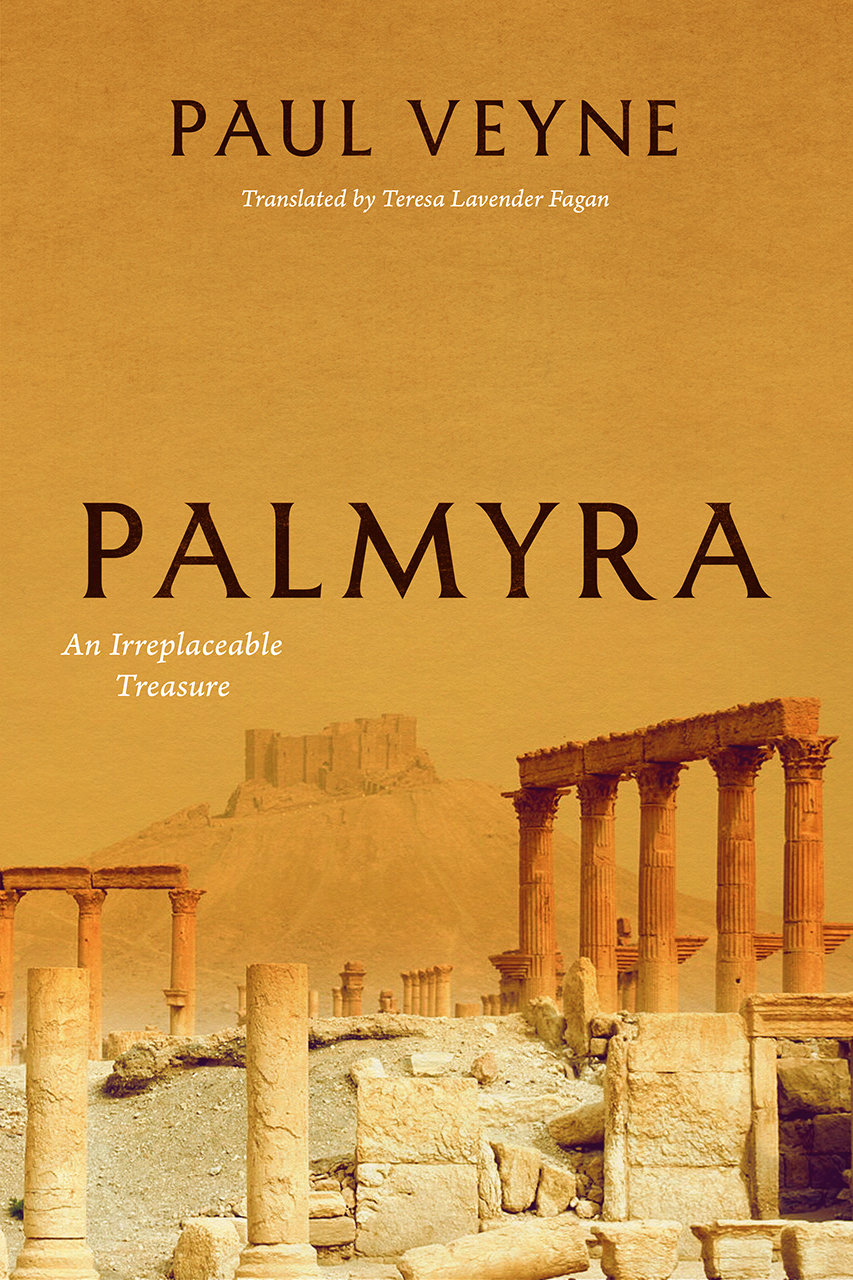
Palmyra: An Irreplaceable Treasure
Frank L. Holt
Paul Veyne
Teresa Lavender Fagan, trans. 2017, University of Chicago Press, 9-780-22642-782-9, $22.50 hb.
Like Orpheus arising from the Underworld, archeologist Paul Veyne takes this fleeting look back at a lost beloved that is irretrievably fading away. The object of Veyne’s haunting lament is the ancient city of Palmyra (Tadmor), a UNESCO World Heritage Site in Syria recently destroyed by extremists. The author sketches a brilliant portrait of this once-thriving merchant republic, stressing the singular character of the place and its people. From A to Z (the moon-god Aglibol to Queen Zenobia), he packs the entire story into 88 pages of fluid prose. We learn that Palmyra was not an oasis in the middle of nowhere, but an entrepôt at the crossroads of everywhere. A map and site plan would have helped to make this point, but otherwise the book delivers a powerful requiem.
You may also be interested in...

Book Deconstructs Myth Surrounding Egypt’s Most-Famous Boy King
Egyptologist Aidan Dodson sifts the evidence—from tomb paintings to statuary to temple inscriptions—in his quest to recover the real King Tutankhamun.
In the Aftermath of Rome's Collapse, These Communities Shaped the Mediterranean
Three regions of the post-Roman Mediterranean, from 400 CE to 1000 CE—the Latin West, Byzantium and the early Islamic world—are the focus of this work.
Nomadic Chieftain’s Biography Unveils Dynamics of Colonial Expansion
Historian Tetsu Akiyama challenges the narrative that the Kyrgyz were a “static and monotonous ‘traditional’ society’” destined to be subsumed.